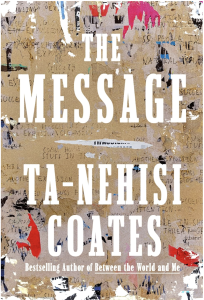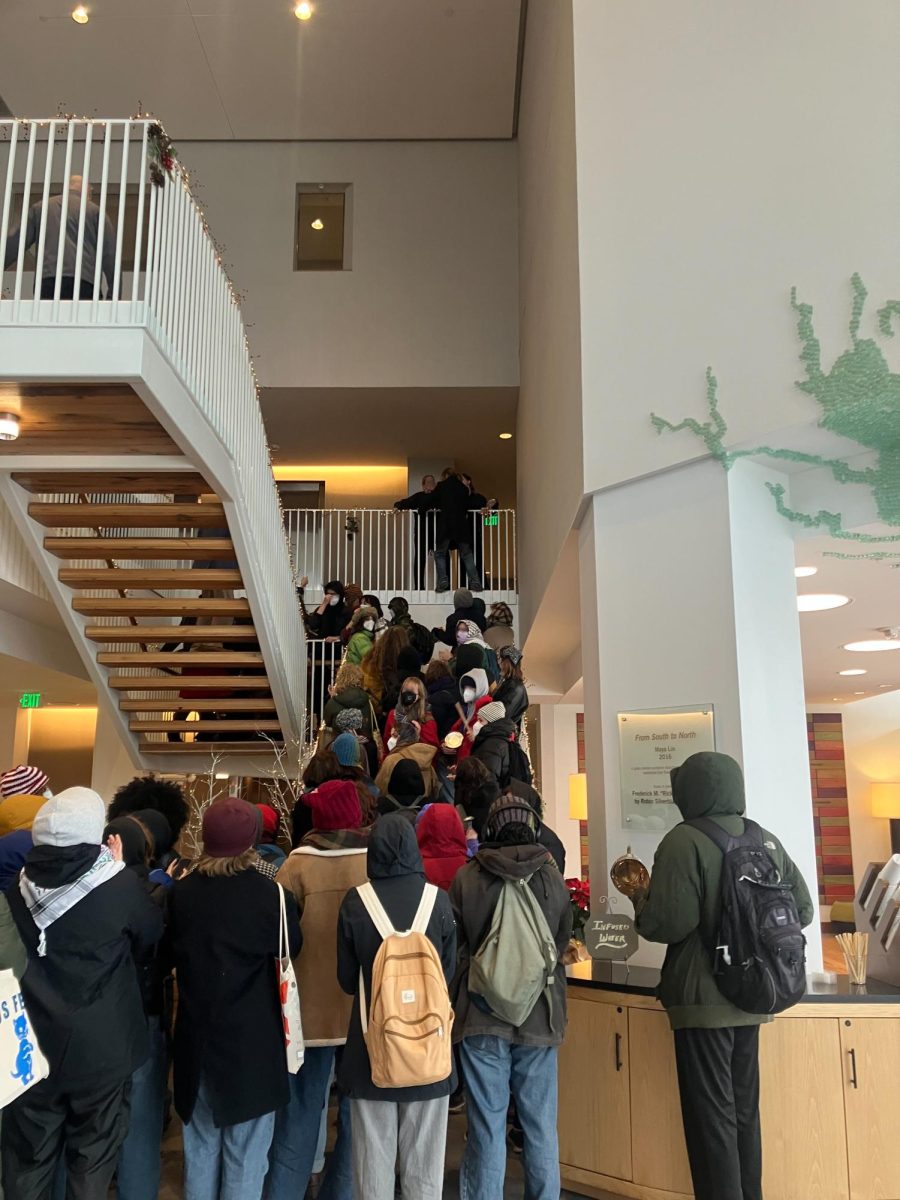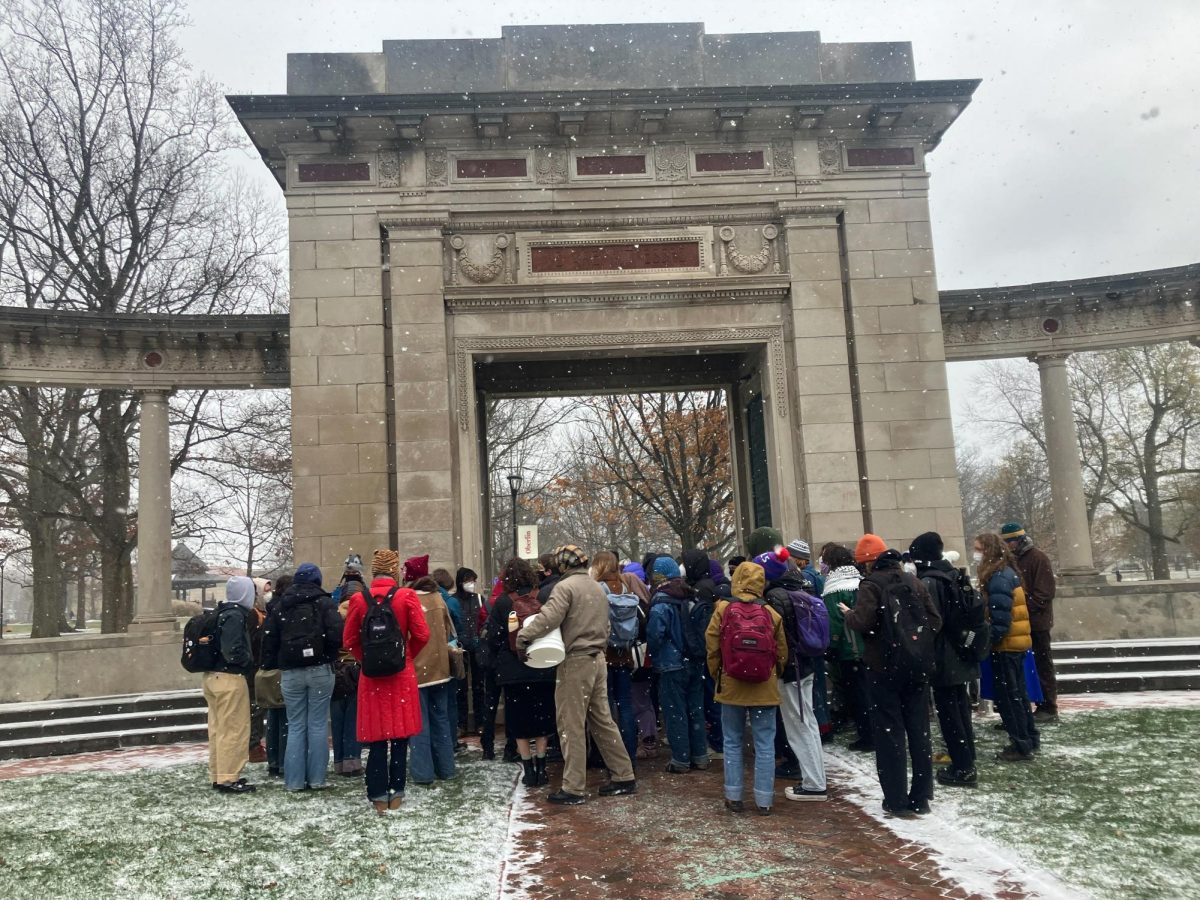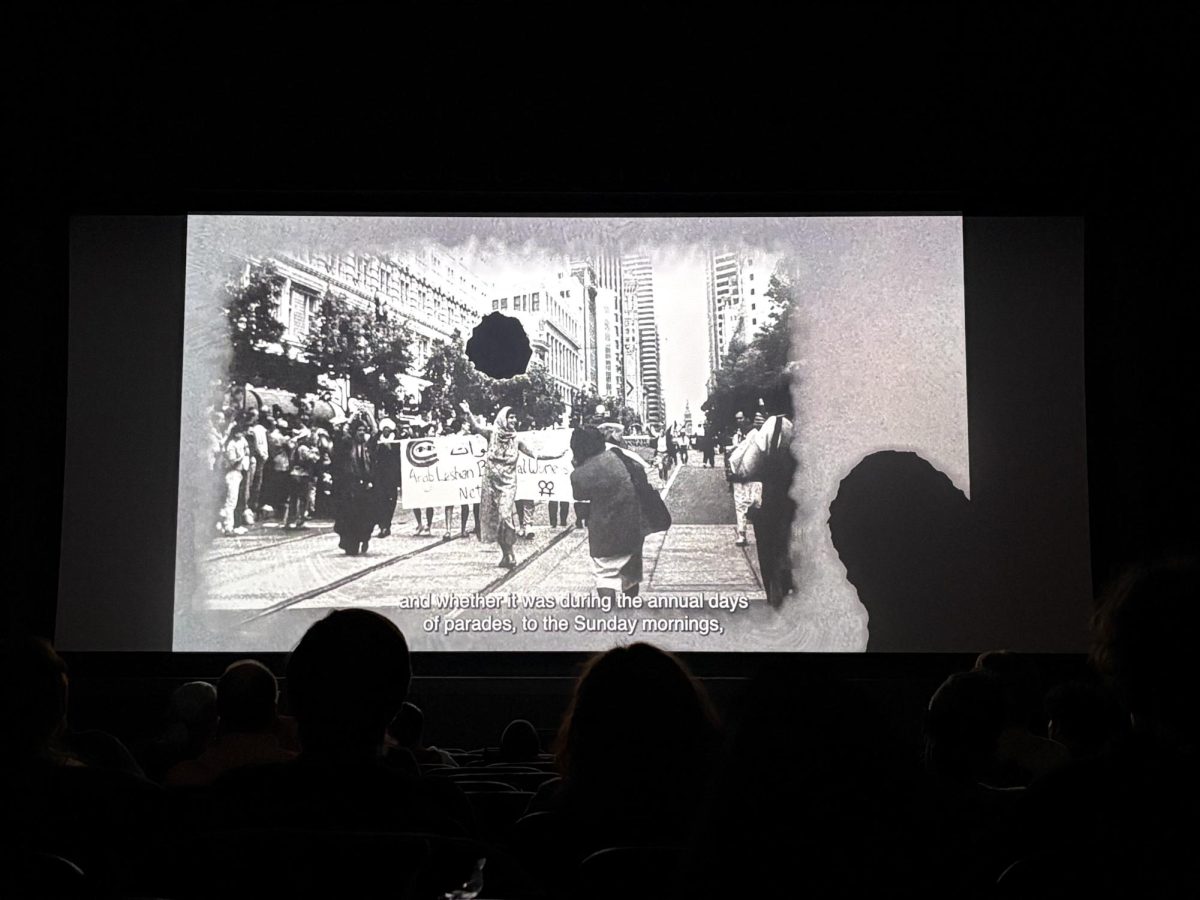Free Speech Defenders Underestimate Power, Violence of Language
May 1, 2015
An awful lot of problems spring from one question: Does speech do harm comparable to physical injury? Roger Copeland’s letter to the editors (“Free Speech Not Equivalent to Violence,” The Oberlin Review, April 24, 2015) has given us one side. I disagree with him. But beyond that, I’m worried about a miscommunication that might destroy our ability to have this debate.
Most people can recognize that verbal threats are a promise of impending violence. However, the standard conception of what qualifies as a threat is absurdly narrow. “I am going to do this thing to you” reads as a threat. Without personal experience to inform someone’s judgment, what about another expression of violence? Throwing things? Destruction of inanimate objects? Talking about how much someone would like to doharm?
“Mere” threats can have as much effect as, or more effect than, physical violence. Moving people around by the promise of something terrible is what makes coercion work. “Warning” someone that they may be attacked if is a promise of physical violence that preemptively puts the blame on them.
If the definition of “violence” is restricted to physical action, then we’d still need another blanket term for conscious causation of harm. In practice, that’s what people use “violence” to mean: “violent threats” or “inciting violence.”
It has long-lasting harmful effects, it is one person participating in the active infliction of pain upon another, and it works as a method of coercion. Speech can be violence.
How about someone claiming that injury based on communication, even if speech can be violent, is never comparable to physical pain?
That it only counts if someone is literally kicked, hit or beaten; that “just” thinking about it being painful means the person they’re accused of hurting is weak?
While it doesn’t involve someone else attacking me, I am not “offended” or “annoyed” when my shoulder pops out of its socket. I am in automatic physical pain, but that isn’t distressing. The part that makes it worrying, dangerous, that actually ends up throwing me is the fact that it happening once means it could happen again. The bulk of the pain is gone relatively soon, but it leaves something worse: Suddenly all my movements have to revolve around the risk that I’ll get hurt again. What I want and feel like is secondary to the risk of getting hurt again. The thing that alters my behavior is the threat that this will recur.
Why should such caution be less serious when the hurt involved does require an external actor? In that case, a reminder becomes an active threat. It becomes “I will do this to you”; it becomes “I won’t help or believe you”; it becomes “If someone else did, I wouldn’t stop them”; it becomes a painful hit with the promise of more to come.
That’s not “being offended.” That’s not a time for “I’m sorry if anyone didn’t like … .” That’s not a time for “Just because you disagree … .” And in response to being confronted, it’s not a time for backpedalling on the basis that the action in question couldn’t possibly have enough impact on the world to cause harm.
It’s a time for acknowledging what damage has been done, even — especially — in the case that it was accidental. Remember when we talked about the bravery needed to walk up to someone and say, “This, this and this hit succeeded in hurting me badly”?
That’s a plea for change on their part that deserves to be heard.






















